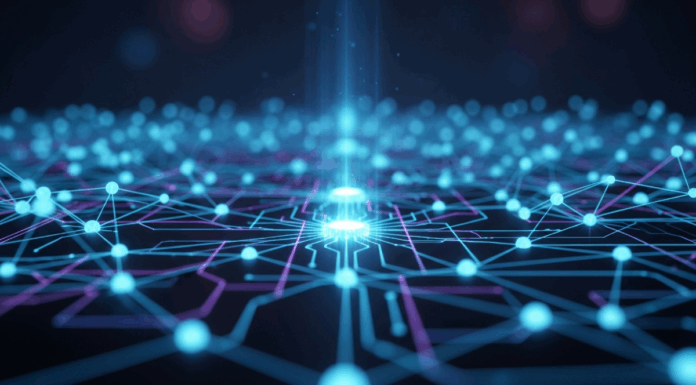CSPs face mounting complexity as virtualized networks, hybrid infrastructure, and surging alerts overwhelm operation
Communications service providers (CSPs) face a growing storm of complexity: virtualized networks, hybrid infrastructures, surging alert volumes, and relentless uptime expectations. Operations teams are stretched thin, reacting to millions of daily events while trying to prevent customer-impacting incidents. The problem isn’t a lack of automation — it’s that most automation still depends on rules.
Rules-based systems can speed up routine tasks, but they struggle to keep pace with change. Every new service, configuration, or failure type requires human intervention. Over time, logic trees multiply, rules conflict, and the system becomes rigid — more burden than relief. Modern CSP environments demand something more adaptive: self-learning AI, or solutions that employ cognitive AI architectures capable of learning from experience, reasoning with context, and acting proactively.
Moving beyond rules
Self-learning AI represents a shift from programmed response to learned behavior. Instead of executing fixed instructions, these systems build an evolving understanding of how the network behaves and how issues propagate.
By continuously ingesting telemetry across domains — transport, access, core, cloud, and IT systems — self-learning architectures can detect correlations that static rules miss. Over time, they recognize cause-and-effect relationships, predict potential failures, and identify the most effective interventions. The result is a system that doesn’t just analyze what happened but understands why it happened — and what to do next.
This transition from rules to reasoning forms the foundation for predictive, self-improving operations.
Four core elements for predictive and proactive AI
Achieving this transformation requires a strong architectural foundation — one designed to unify learning, reasoning, and action across the operational landscape.
1. Dynamic data fusion
Cognitive systems thrive on context. Dynamic Data Fusion brings together telemetry and events from across network and IT domains to create a single, coherent view — a single source of truth for operational learning. By synthesizing multi-domain data into one learning fabric, the AI can see dependencies, distinguish symptoms from root causes, and identify predictive signals hidden in the noise.
2. Adaptive learning and contextual reasoning
Unlike static analytics, self-learning AI continuously evolves. It refines its understanding with each event and outcome — linking patterns, drawing causal relationships, and improving detection accuracy without human intervention. Over time, it builds a living model of the network that supports reasoning and foresight rather than reactive troubleshooting.
3. Closed-loop action
Insight only matters when it drives outcomes. Effective architectures connect cognitive insights with orchestration and automation systems, enabling rapid response. Depending on confidence and policy, the AI may trigger automated remediations or provide guided recommendations for human validation. Either way, action happens faster, with better precision.
4. Governance and feedback
Trust is essential. Operators must understand how and why the AI reached a conclusion. Transparent reasoning, human oversight, and structured feedback loops ensure that learning aligns with operational priorities and compliance requirements. This governance layer closes the loop — each action informs the next cycle of learning.
Together, these pillars create a self-reinforcing learning ecosystem where detection, prediction, and resolution continuously improve in speed, accuracy, and confidence.
From augmented to autonomous
The journey toward self-learning operations is progressive but measurable:
- Augmented operations use AI to assist humans — highlighting anomalies, correlating events, and recommending actions.
- Semi-autonomous operations allow AI to handle repetitive or well-understood incidents while escalating complex cases.
- Autonomous operations represent the goal: a network that self-monitors, self-adjusts, and self-optimizes in real time.
Each stage accelerates response, reduces downtime, and builds operational trust in AI-driven decisions.
Self-learning AI doesn’t replace human expertise — it amplifies it. By handling the volume, velocity, and variety of modern network data, AI gives engineers the space to focus on strategy, optimization, and innovation. The network becomes an intelligent collaborator rather than a constant source of noise.
As CSPs evolve, success will hinge on embracing systems that learn continuously, reason contextually, and act decisively. The shift from reactive to predictive isn’t just an efficiency play — it’s the foundation for resilient, adaptive, and customer-centric network operations.

